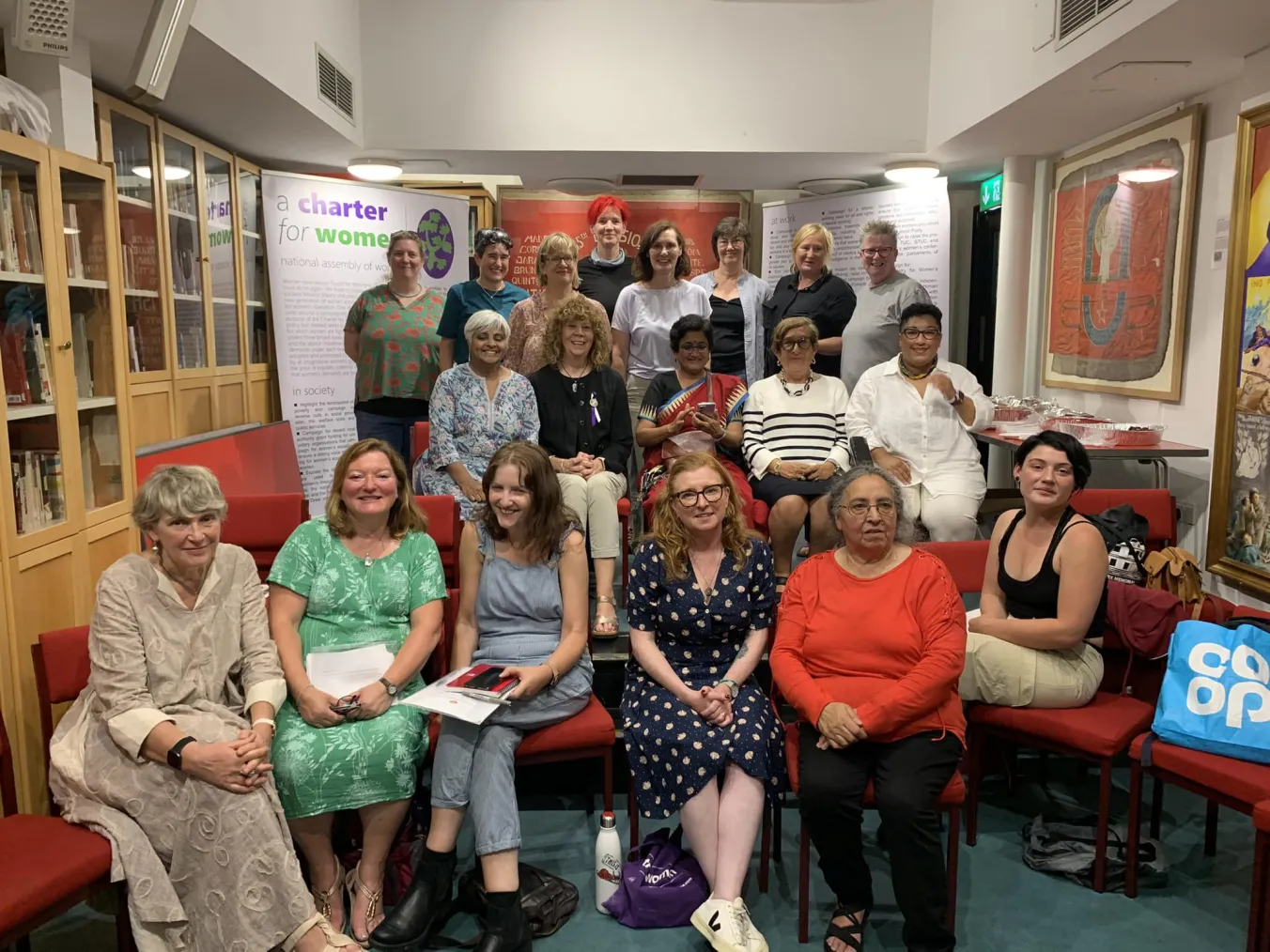VIJAY PRASHAD examines why in 2018 Washington started to take an increasingly belligerent stance towards ‘near peer rivals’ – Russa and China – with far-reaching geopolitical effects
Why housing is a feminist issue
Low pay and spiralling rental costs mean women are all to often trapped in appalling accommodation, writes LYNNE WALSH

CHILDREN are dying in unsuitable accommodation, women are prey to exploitative landlords, and even more homes are being lost from Britain’s depleted social housing stock.
Politicians and commentators speak of this “housing crisis” to such an extent that the term seems normalised. For many living through it, the situation is catastrophic; it’s life-threatening. It is hell on earth.
There is no shortage of activity, from government promises to think tanks’ reports, to charities straining to plug the gaps and pick up pieces.
More from this author

ROS SITWELL reports from a conference held in light of the closure of the Gender Identity and Development Service for children and young people, which explored what went wrong at the service and the evidence base for care

ROS SITWELL reports from the three-day FiLiA conference in Glasgow

ROS SITWELL reports on a communist-initiated event aimed at building unity amid a revived women’s movement

London conference hears women speak out on the consequences of self-ID in sport
Similar stories

What’s needed are more truly accessible homes, radical reform of the private sector to protect disabled tenants, and a less myopic view of the housing market focused on ‘homeowners,’ argues RUTH HUNT

Campaigners call on next government to bring in protections against homelessness











